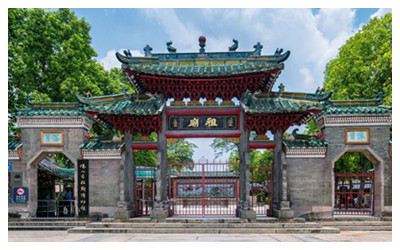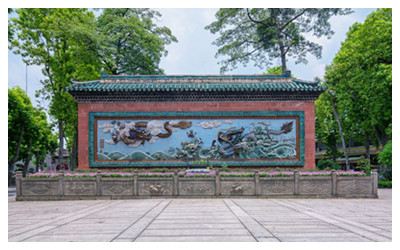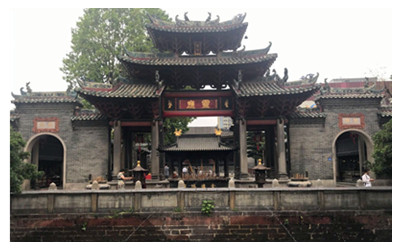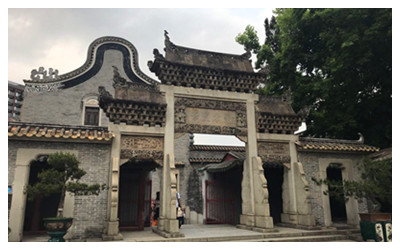Skype: neodalle-travel
Tel: +86 135 7447 2266
E-mail: sales@zhangjiajieholiday.com
 |
 |
The Wanfu Stage is at the southern end of the temple and it is used as the performance stage of the Yue Opera (the local opera house). The Yue Opera originated in Foshan. According to the local tradition, the new troupe must put on the first performance on the Wanfu Platform. The Lingying Archway, built in 1451, is opposite to it.
If you continue walking north, the Jinxiang Pool with stone carvings in it will appear in front of your eyes, while the Bell and Drum Tower stands next to it. To the north of the Jinxiang Pool is the Sanmen Gate. Crossing it, you will reach the front hall where sacrificing occurs to some gods Taoist gods. The main hall built in 1372, is the most important building in the Ancestors' Temple, for the local sacrificial activities are held in it. In the middle of the main hall, there is a statue of the Xuantian God with the gilded head, knees and feet.
 |
 |
The Ancestors' Temple shows that the local people hope to get good blessings by worshiping the gods and to a certain degree, it's also a good place for showing the folk culture of China.
Travel Tips
Add: No.21, Zumiao Road,foshan City, Guangdong Province
Opening Hours:08:00-17:30
Entrance Fee: CNY 80
Tel: 0757-82286913,0757-82293723
http://www.fszumiao.com/
 Ask Questions ?
Ask Questions ?